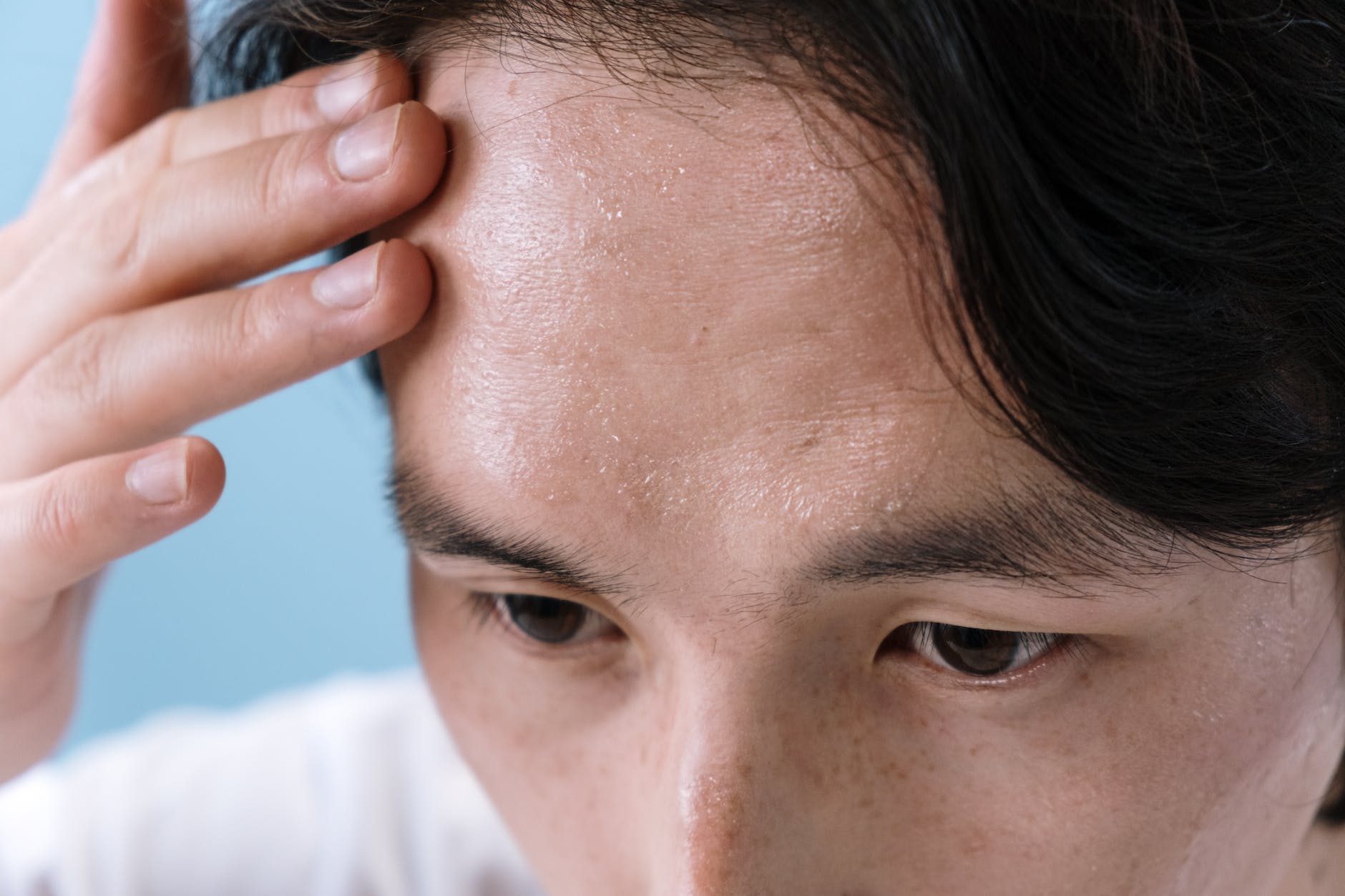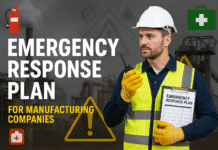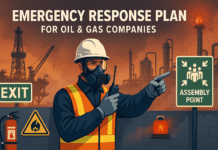
Heat Stress Prevention: Hydration and Protective Clothing
Introduction
Working in high-temperature environments poses the risk of heat stress, a condition that can have serious health implications. Implementing effective prevention measures, such as proper hydration and the use of protective clothing, is crucial to safeguarding workers from the adverse effects of heat stress. This article explores the significance of hydration and appropriate clothing in preventing heat-related illnesses.
Hydration as a Key Preventive Measure
- Encouraging Regular Fluid Intake
- Promoting a culture of regular fluid intake among workers
- Emphasizing the importance of staying hydrated throughout the workday, especially in hot conditions
- Providing Access to Water
- Ensuring easy access to clean and cool drinking water on the worksite
- Placing water stations strategically to encourage workers to hydrate frequently
- Educating on Electrolyte Balance
- Educating workers on the importance of maintaining electrolyte balance
- Offering electrolyte-rich beverages or supplements to replenish essential minerals lost through sweating
- Implementing Hydration Breaks
- Incorporating scheduled hydration breaks into work routines
- Allowing workers time to rest, rehydrate, and cool down in shaded areas during peak heat hours
- Monitoring Hydration Status
- Implementing systems to monitor workers’ hydration status
- Encouraging self-assessment and providing guidance on signs of dehydration, ensuring timely intervention
- Adjusting Hydration Plans for Intense Work
- Modifying hydration plans for workers engaged in strenuous or prolonged activities
- Recognizing that increased physical exertion requires higher fluid intake to compensate for elevated sweat rates
- Heat Acclimatization Programs
- Establishing heat acclimatization programs for new workers or those returning after an extended absence
- Gradually exposing individuals to increasing temperatures to help the body adapt and improve heat tolerance
Protective Clothing Strategies
- Lightweight and Breathable Fabrics
- Recommending the use of lightweight and breathable fabrics for work attire
- Choosing materials that allow for better air circulation, reducing heat retention
- Providing Sun-Protective Clothing
- Supplying sun-protective clothing with ultraviolet (UV) radiation blocking properties
- Shielding workers from direct sun exposure and reducing the risk of sunburn and heat absorption
- Using Ventilated Clothing Designs
- Incorporating ventilated designs into clothing items
- Allowing for increased airflow and enhanced evaporation of sweat to cool the body
- Adjusting Clothing Based on Temperature
- Encouraging workers to adjust clothing layers based on ambient temperatures
- Allowing flexibility in attire to accommodate changing weather conditions throughout the day
- Head and Neck Protection
- Providing hats or caps to protect the head and neck from direct sunlight
- Minimizing heat absorption through the head, a region with high blood flow
- Utilizing Cooling Vests
- Introducing cooling vests for workers engaged in extremely hot environments
- Enhancing the body’s ability to dissipate heat through evaporative cooling
- Regular Clothing Checks
- Implementing regular checks to ensure workers’ clothing remains suitable for the conditions
- Promptly addressing any issues, such as torn or overheated clothing, to maintain effective heat stress prevention
Conclusion
In conclusion, preventing heat stress requires a comprehensive approach that includes promoting proper hydration and ensuring the use of protective clothing. By fostering a workplace culture that prioritizes regular fluid intake, providing access to cooling measures, and outfitting workers with suitable clothing, organizations can mitigate the risk of heat-related illnesses. Protecting workers from the harmful effects of heat stress not only enhances their well-being but also contributes to a safer and more productive work environment.
Risk Assessment and Hazard Identification: A Key Responsibility for Safety Officers
Personal Protective Equipment (PPE): Selection, Usage, and Maintenance for Safety Officers
Work Management System (WMS) in ADNOC
Job Performer Responsibilities
Frequently Asked Questions (FAQs)
- Why is encouraging regular fluid intake crucial in preventing heat stress?
- Regular fluid intake is crucial in preventing heat stress as it helps maintain hydration levels, regulates body temperature, and supports overall well-being during work in high-temperature environments.
- How can protective clothing help prevent heat stress?
- Protective clothing helps prevent heat stress by using lightweight, breathable fabrics and designs that allow for better air circulation. It also includes sun-protective clothing to shield workers from direct sunlight.
- What are the benefits of providing sun-protective clothing in preventing heat-related illnesses?
- Sun-protective clothing blocks UV radiation, reducing the risk of sunburn and heat absorption. It provides an additional layer of protection against the harmful effects of direct sun exposure.
- How can organizations encourage the use of cooling vests in extremely hot environments?
- Organizations can encourage the use of cooling vests by providing them to workers in extremely hot environments. Cooling vests enhance the body’s ability to dissipate heat through evaporative cooling.
- Why is head and neck protection important in preventing heat stress?
- Head and neck protection, such as hats or caps, is important in preventing heat stress as it minimizes heat absorption through these areas, which have high blood flow, and shields them from direct sunlight.
- What role do hydration breaks play in preventing heat-related illnesses?
- Hydration breaks play a crucial role in preventing heat-related illnesses by allowing workers time to rest, rehydrate, and cool down in shaded areas during peak heat hours.
- How can organizations monitor workers’ hydration status?
- Organizations can monitor workers’ hydration status by implementing systems that encourage self-assessment and providing guidance on signs of dehydration. This ensures timely intervention to maintain optimal hydration levels.
























